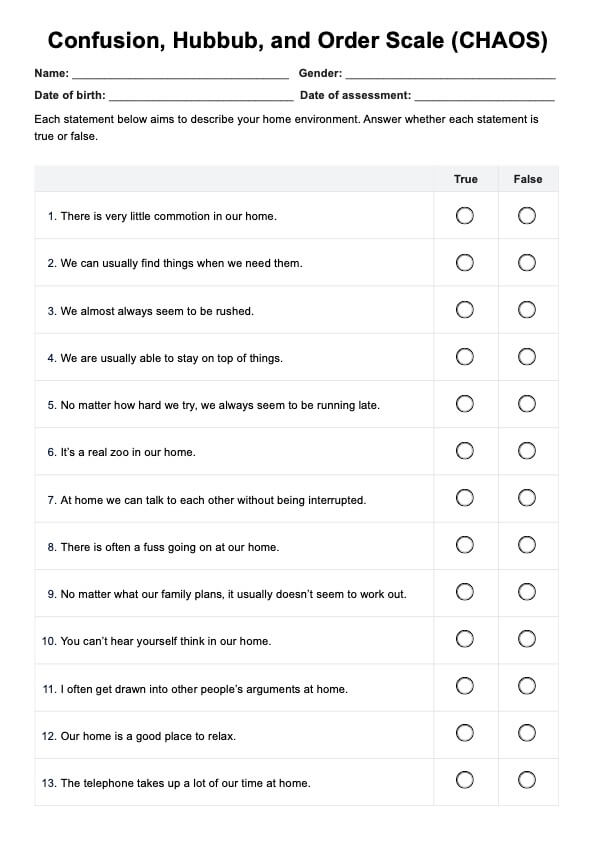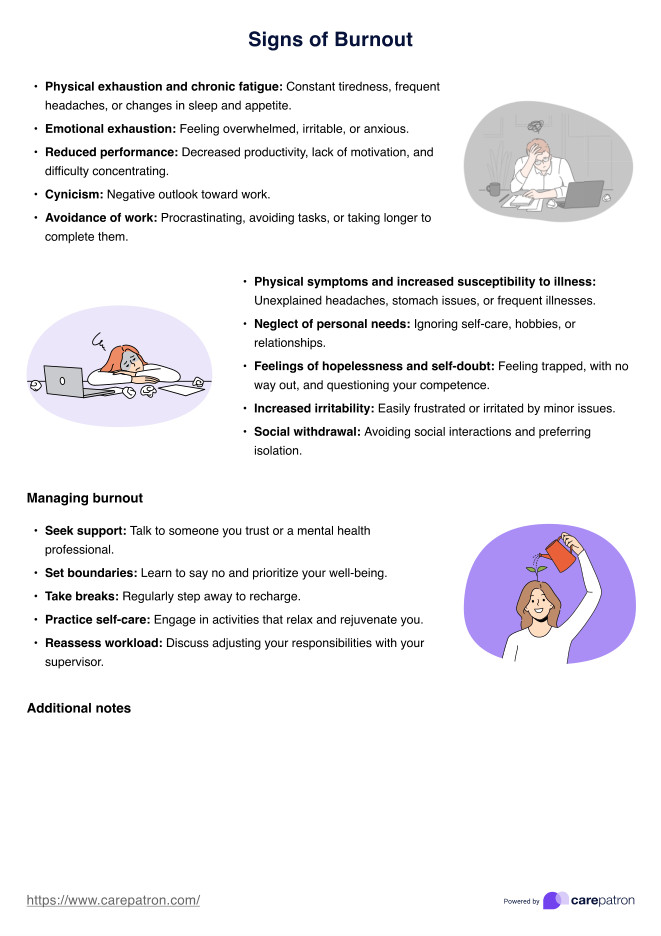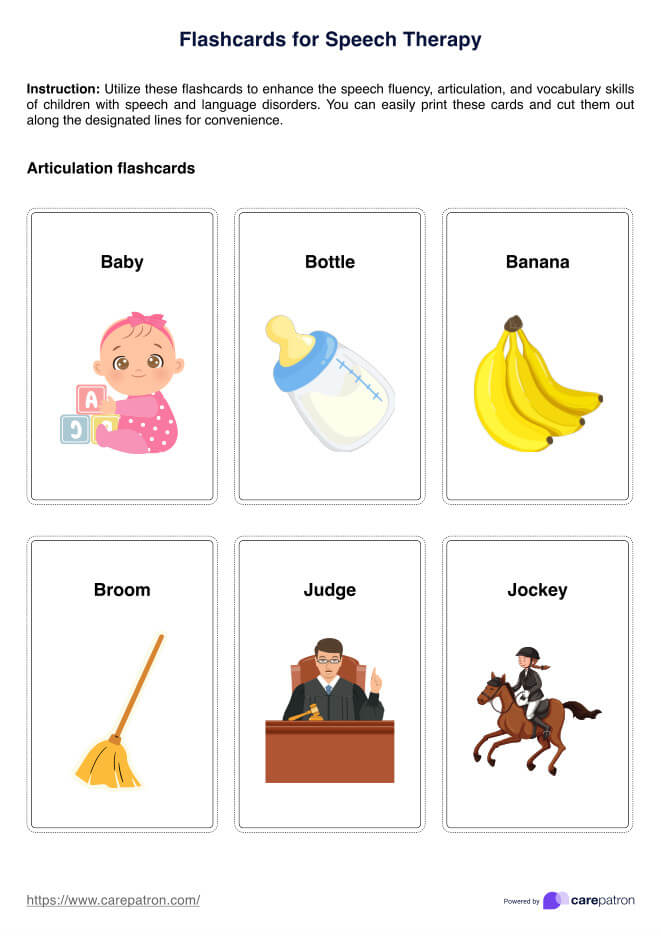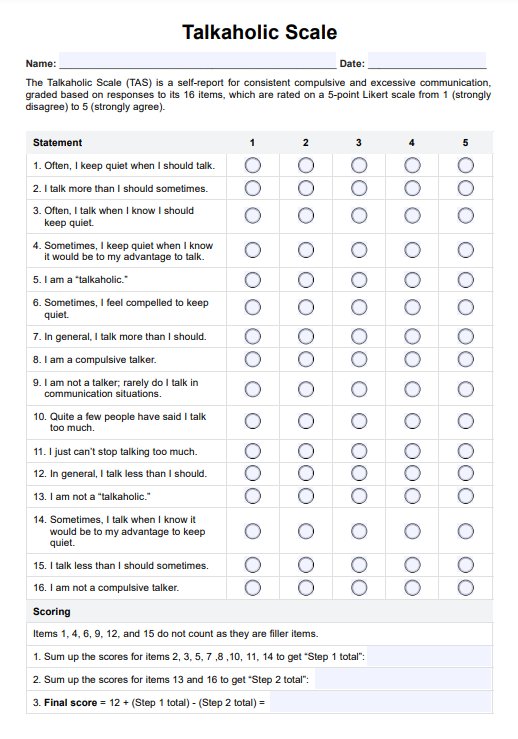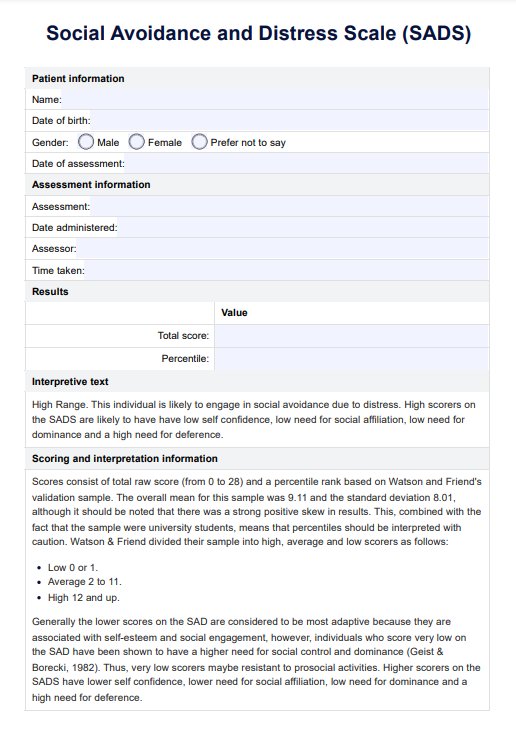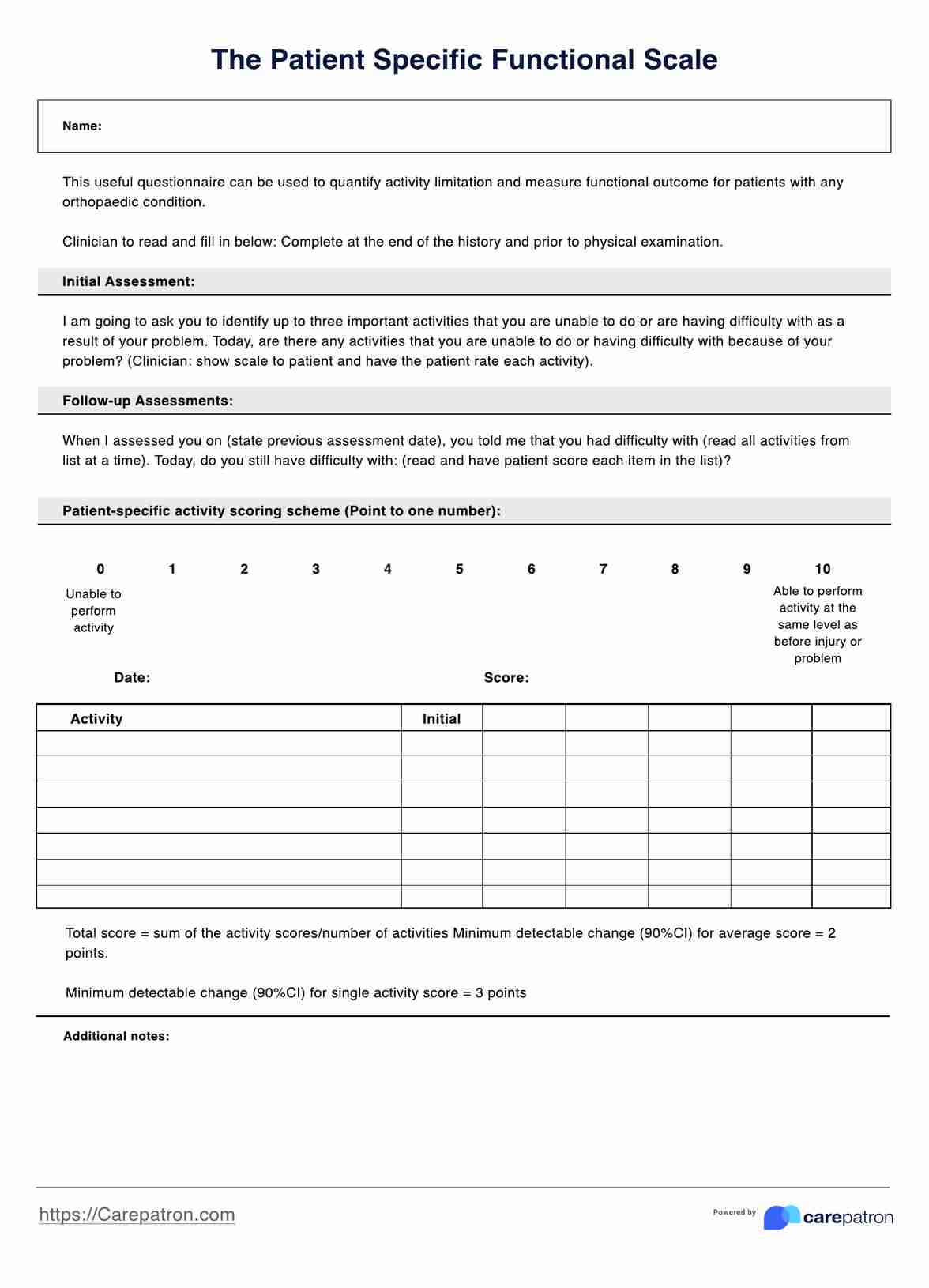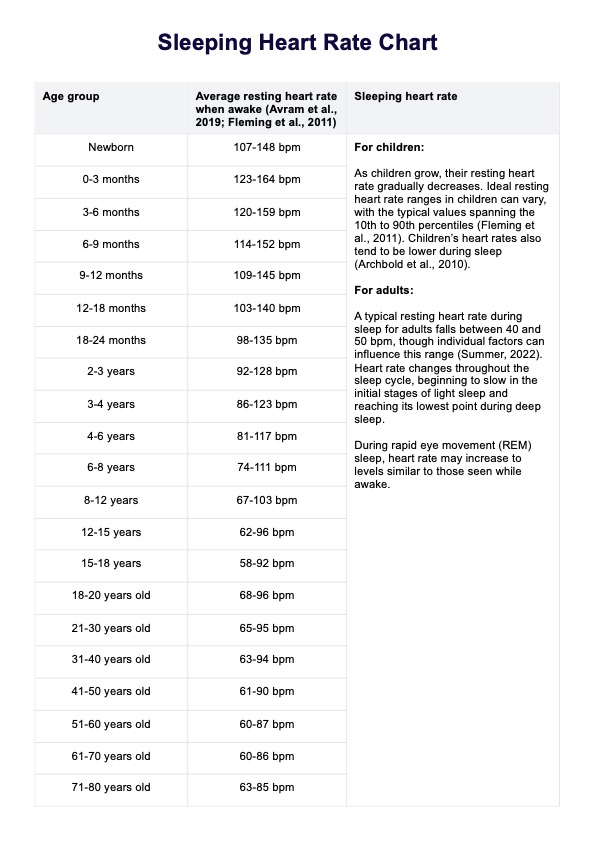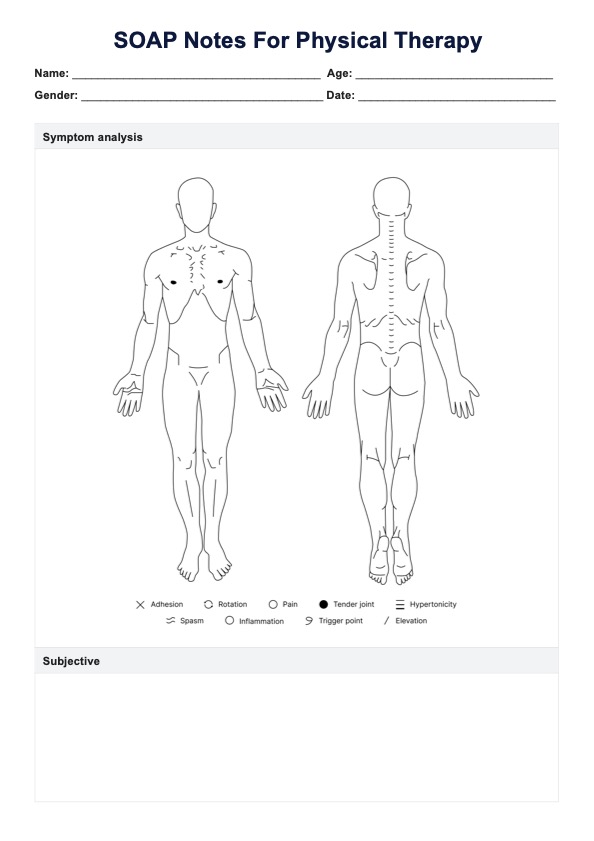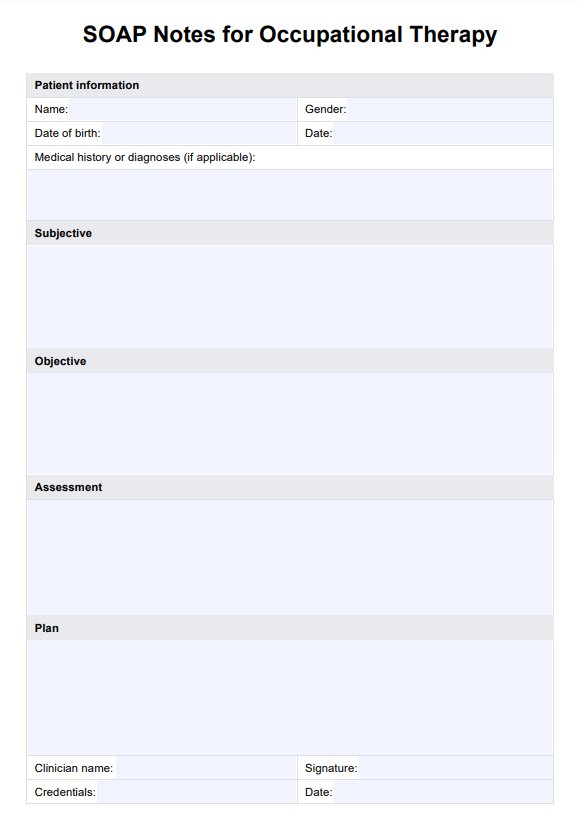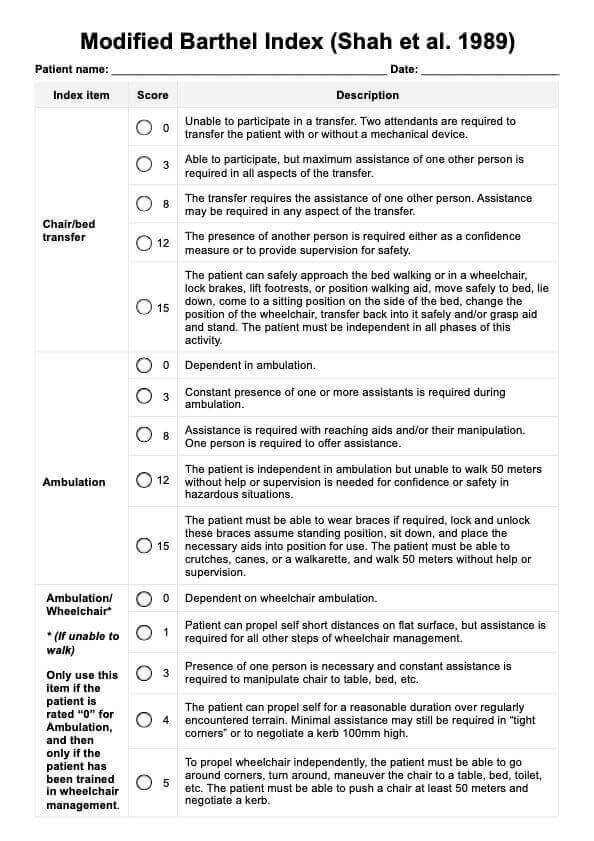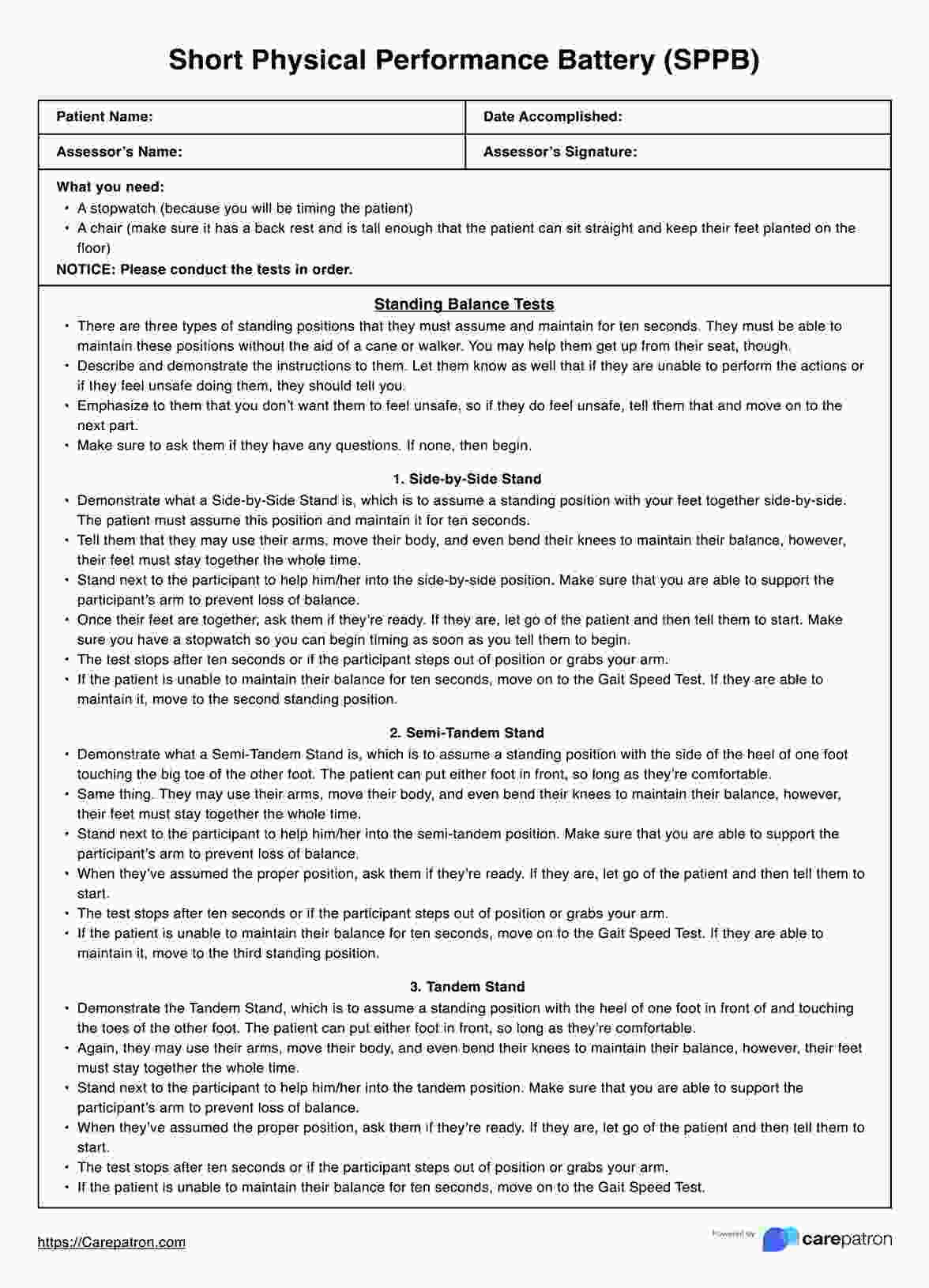Outcome Measure
Outcome measures are tools used to assess the effectiveness of interventions and track progress. Access a free outcome measure template and sample here.


What is an Outcome Measure?
An for therapy is a specific tool or assessment used to evaluate the effectiveness and impact of therapeutic interventions. It provides quantifiable data and objective measurements that help therapists, researchers, and clinicians assess their clients' treatment progress and outcomes.
The primary goal of therapy is to bring about positive changes in a person's mental health, emotional well-being, or overall functioning. Outcome measures are crucial in determining whether therapeutic interventions achieve these desired outcomes. By systematically collecting and analyzing data, therapists can gain valuable insights into the effectiveness of their treatment approaches and make informed decisions about the course of therapy.
These measures encompass various assessments that capture various aspects of a person's well-being. They can evaluate symptom reduction, functional improvements, quality of life enhancements, or the attainment of specific therapeutic goals. Outcome measures commonly used in therapy include standardized questionnaires, self-report scales, structured interviews, and observation-based assessments.
The selection of an appropriate outcome measure depends on several factors, including the specific therapeutic goals, the client's condition, and the type of therapy utilized. Clinicians may choose generic measures applicable across various populations or opt for condition-specific measures tailored to address particular mental health issues.
Outcome measures not only aid in evaluating the effectiveness of therapy but also facilitate communication and collaboration between therapists and clients. They provide tangible evidence of progress, promoting a shared understanding of the treatment's impact and fostering a sense of empowerment and engagement for the client.
Additionally, outcome measures play a crucial role in research and evidence-based practice. They contribute to the body of knowledge in the therapy field by generating data that can be analyzed and compared across different studies and interventions, ultimately informing best practices and improving the overall quality of care.
Outcome Measure Template
Outcome Measure Example
How does this Outcome Measure work?
An outcome measure is used to assess the effectiveness of an intervention. It is a way of measuring the change that has occurred in a person or group after they have received the intervention. Outcome measures can be used to track progress, identify improvement areas, and make treatment decisions.
There are many different outcome measures, and the best one to use will depend on the specific intervention and the goals of the evaluation. Some common types of outcome measures include:
- Quantitative measures such as test scores, blood pressure, and weight.
- Qualitative measures include patient satisfaction, quality of life, and functional status.
- Mixed measures that combine quantitative and qualitative data.
To use an outcome measure, you will need to:
- Identify the outcome you want to measure. What do you want to know about the change that has occurred?
- Select an appropriate outcome measure. Many different outcome measures are available, so you must choose one relevant to your specific intervention and goals.
- Collect data. You must collect data on the outcome measure before and after the intervention. This can be done through surveys, interviews, or other methods.
- Analyze the data. Once you have collected the data, you will need to analyze it to see if there is a significant difference between the before and after scores.
- Interpret the results. Once you have analyzed the data, you must interpret the results to see what they mean. This will help you understand the intervention's effectiveness and decide on future treatment.
Here are some pointers for using/filling the template:
- Be clear and concise. The template is designed to be easy to use, so ensure your responses are clear and concise.
- Use specific language. Avoid using vague or general terms.
- Be honest and accurate. The information you provide should be honest and accurate.
- Be complete. Make sure to answer all of the questions on the template.
Outcome Measure Scoring
The scoring of an outcome measure will vary depending on the specific measure. However, some general principles apply to most outcome measures.
First, the measure must be scored consistently with how it is designed. For example, if a measure is designed to assess a person's pain level, the scoring should reflect the severity of the pain.
Second, the scoring should be reliable and valid. Reliability refers to the consistency of the scoring, while validity refers to the accuracy of the scoring. In other words, the scoring should be consistent from one person to the next and measure what it is supposed to measure.
Third, the scoring should be sensitive to change. This means that the scoring should be able to detect even small changes in the person's condition.
Finally, the scoring should be easy to understand and use. This is important for both the person who is scoring the measure and the person who is interpreting the results.
Here are some examples of how outcome measures are scored:
- Likert scales are a standard outcome measure that uses a scale of 1 to 5 to measure a person's level of agreement with a statement. For example, a Likert scale might ask a person to rate their level of satisfaction with their care on a scale of 1 to 5, with one being "very dissatisfied" and five being "very satisfied."
- Visual analog scales (VAS) are another common outcome measure that uses a line to measure a person's symptom level. For example, a VAS might ask a person to rate their pain level on a line ranging from 0 (no pain) to 10 (the worst pain imaginable).
- Numeric rating scales (NRS) are similar to VAS but use a number scale instead of a line. For example, an NRS might ask a person to rate their pain level on a scale of 0 to 10, with 0 being no pain and 10 being the worst pain imaginable.
When to use this Outcome Measures Assessment?
The Outcome Measures Assessment resource is valuable in various contexts where evaluating the effectiveness and impact of interventions, programs, or initiatives is crucial.
Here are some instances when it's appropriate to use this resource:
Program Evaluation
When assessing a program's or intervention's outcomes and success, the Outcome Measures Assessment can provide a structured framework for systematically measuring and analyzing the desired outcomes. It enables organizations to determine the effectiveness of their efforts and make informed decisions regarding program continuation, modifications, or discontinuation.
Quality Improvement
This assessment resource proves beneficial when there is a need to enhance the quality of services or interventions. By implementing outcome measures, organizations can identify areas for improvement, track progress over time, and measure the impact of quality improvement initiatives. It helps in developing evidence-based strategies to enhance the overall quality of interventions.
Research Studies
The Outcome Measures Assessment is particularly useful in research studies where the measurement of outcomes is a primary objective. Researchers can use the structured template to define and select appropriate outcome measures, collect and analyze data, and draw meaningful conclusions. It ensures consistency and standardization in data collection and facilitates the comparison of results across different studies.
Grant Reporting and Accountability
Organizations receiving grants or funding often have reporting requirements to demonstrate the impact and effectiveness of their initiatives. The Outcome Measures Assessment can assist in fulfilling these reporting obligations by providing a systematic approach to measuring outcomes, documenting progress, and presenting evidence of program success.
Evidence-Based Decision-Making
Outcome measures play a crucial role when making informed decisions based on data. The assessment resource enables stakeholders, policymakers, and practitioners to gather objective information about the effectiveness of interventions, identify best practices, and allocate resources strategically. It supports evidence-based decision-making, leading to more impactful interventions and programs.
Who are these Outcome Measures PDF for?
The Outcome Measures PDF is designed for various practitioners and professionals across various domains who evaluate the effectiveness and impact of interventions, programs, or initiatives.
Here are some key groups of individuals who can benefit from utilizing this resource:
Program Managers and Administrators
This PDF benefits program managers and administrators responsible for overseeing and evaluating the success of programs or interventions. It provides a structured framework for selecting appropriate outcome measures, tracking progress, and assessing the impact of initiatives. This resource allows program managers to make data-driven decisions to improve program outcomes and drive positive change.
Researchers and Evaluators
Researchers and evaluators conducting studies or evaluations can utilize this PDF to ensure a systematic approach to outcome measurement. It helps define clear objectives, select appropriate measures, and collect and analyze data. Researchers can use this resource to streamline their evaluation process and produce reliable and meaningful results.
Practitioners and Service Providers
Practitioners and service providers in healthcare, education, social services, and other fields can benefit from using this PDF to assess the outcomes of their interventions. It enables them to measure their services' effectiveness, identify improvement areas, and enhance the quality of care or support provided to their clients or patients.
Grant Recipients and Nonprofit Organizations
Organizations receiving grants or funding often have reporting requirements to demonstrate the impact of their initiatives. This PDF resource can assist grant recipients and nonprofit organizations measure and report outcomes, ensuring accountability to funders and stakeholders.
Policy Makers and Decision Makers
Policymakers and decision-makers can use this PDF to make evidence-based decisions and strategically allocate resources. By understanding the outcomes and impact of interventions, they can make informed choices that lead to improved policies, funding decisions, and programmatic interventions.

Benefits of free Outcome Measures Test
The free Outcome Measures Test template offers several benefits for individuals and organizations looking to assess the effectiveness and impact of their interventions.
Here are five key advantages of using this template:
Standardized Evaluation
The template provides a standardized framework for measuring outcomes, ensuring data collection and evaluation consistency. This allows for more reliable and comparable results across different interventions and programs.
Cost-Efficient Solution
The free template eliminates the need for costly outcome measurement tools or software. It offers a budget-friendly solution for individuals and organizations with limited resources, making outcome assessment accessible to a broader audience.
Time-Saving
The template streamlines the outcome assessment process by providing a ready-to-use structure. It saves time typically spent on designing and formatting evaluation tools, allowing practitioners to focus more on data analysis and interpretation.
Customization Options
While the template provides a standardized framework, it allows customization to suit specific intervention goals and outcome measures. Users can adapt the template to align with their unique needs, ensuring relevance and accuracy in evaluating outcomes.
Enhanced Decision-Making
By using the Outcome Measures Test template, individuals and organizations gain valuable insights into the effectiveness of their interventions. The data collected through the template can inform evidence-based decision-making, facilitating targeted improvements, resource allocation, and program enhancements.
Communication and Reporting
The template enables clear and structured reporting of outcome measurement results. It facilitates effective communication with stakeholders, funders, and decision-makers, presenting evidence of program impact and success concisely and organized.
Commonly asked questions
Selecting the proper outcome measures involves considering the goals and objectives of the intervention, the target population, and the specific outcomes being assessed. It is essential to choose valid and reliable measures that align with the context and objectives of the evaluation.
Data for outcome measures can be collected through various methods such as surveys, questionnaires, tests, observations, interviews, and performance assessments. The chosen method should be aligned with the nature of the intervention and the outcomes being measured.
Outcome measures are analyzed by compiling the collected data and conducting statistical analysis. This analysis may include calculating averages, identifying trends, comparing groups, and examining relationships between variables. The goal is to derive meaningful insights from the data and interpret the results.
Challenges in using outcome measures can include issues with response bias, data quality, sample representativeness, cultural or language differences, and the complexity of measuring specific outcomes. It is crucial to address these challenges through rigorous methodology, careful selection of measures, and ongoing evaluation and refinement of the measurement process.


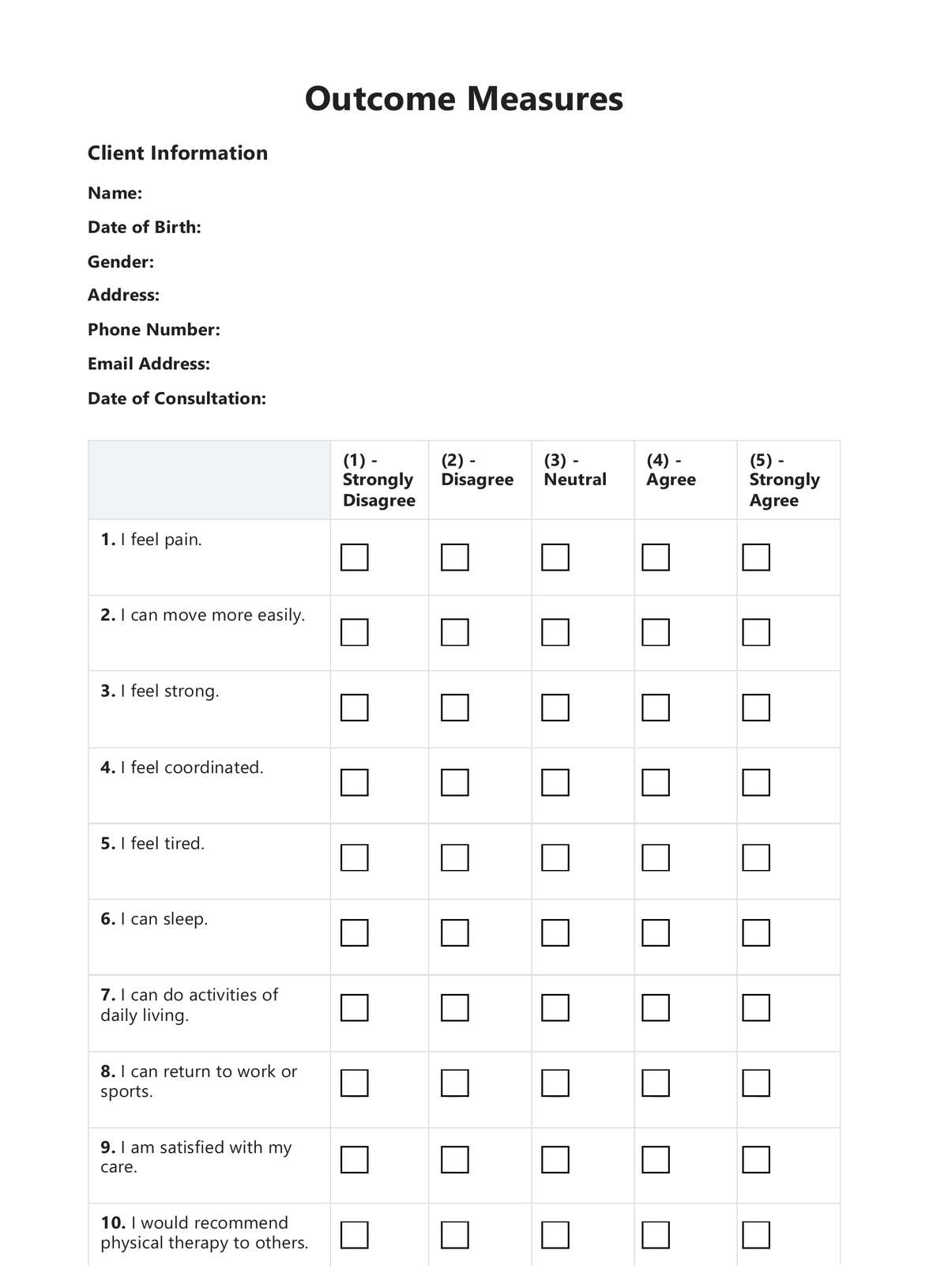
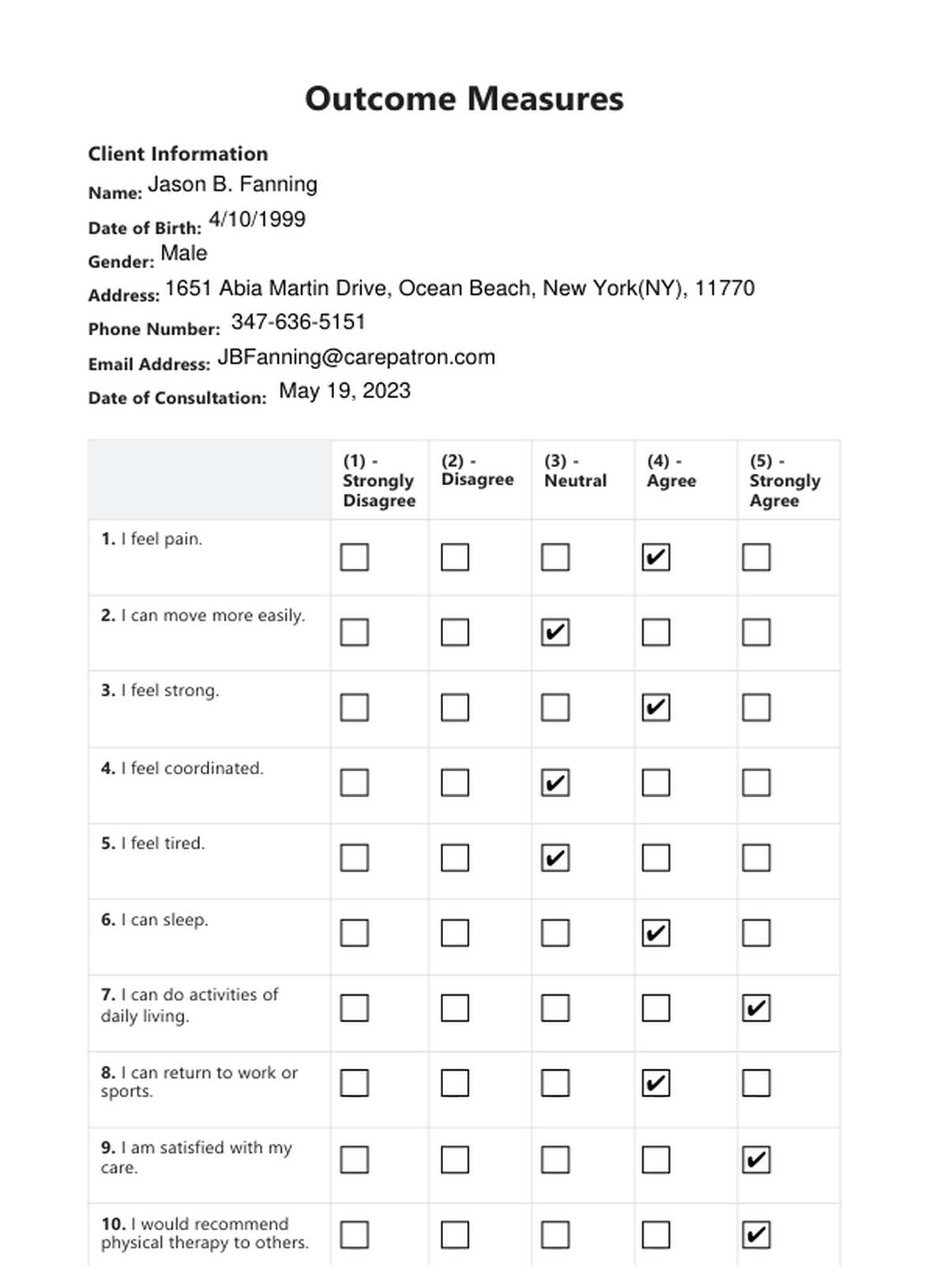

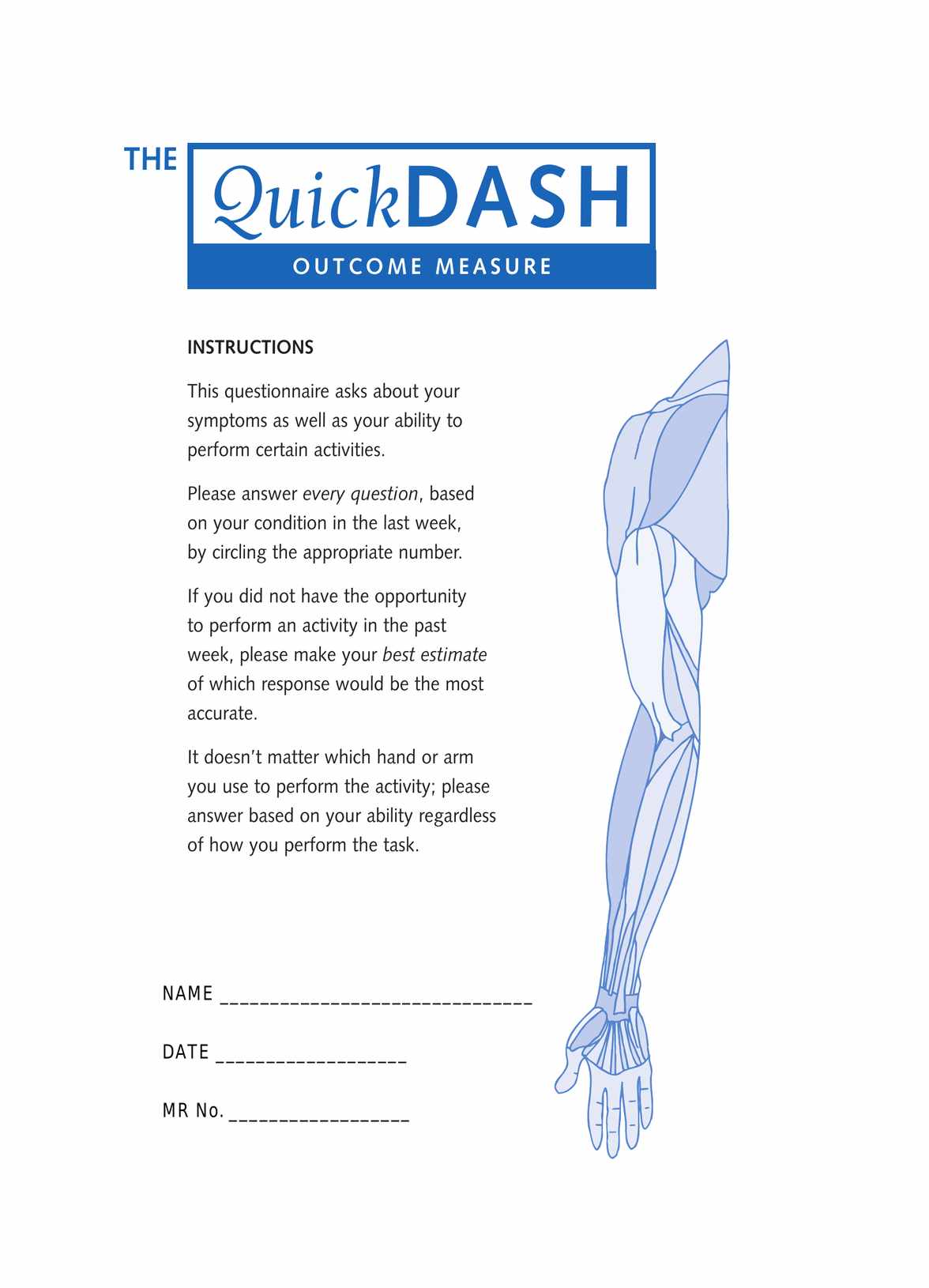
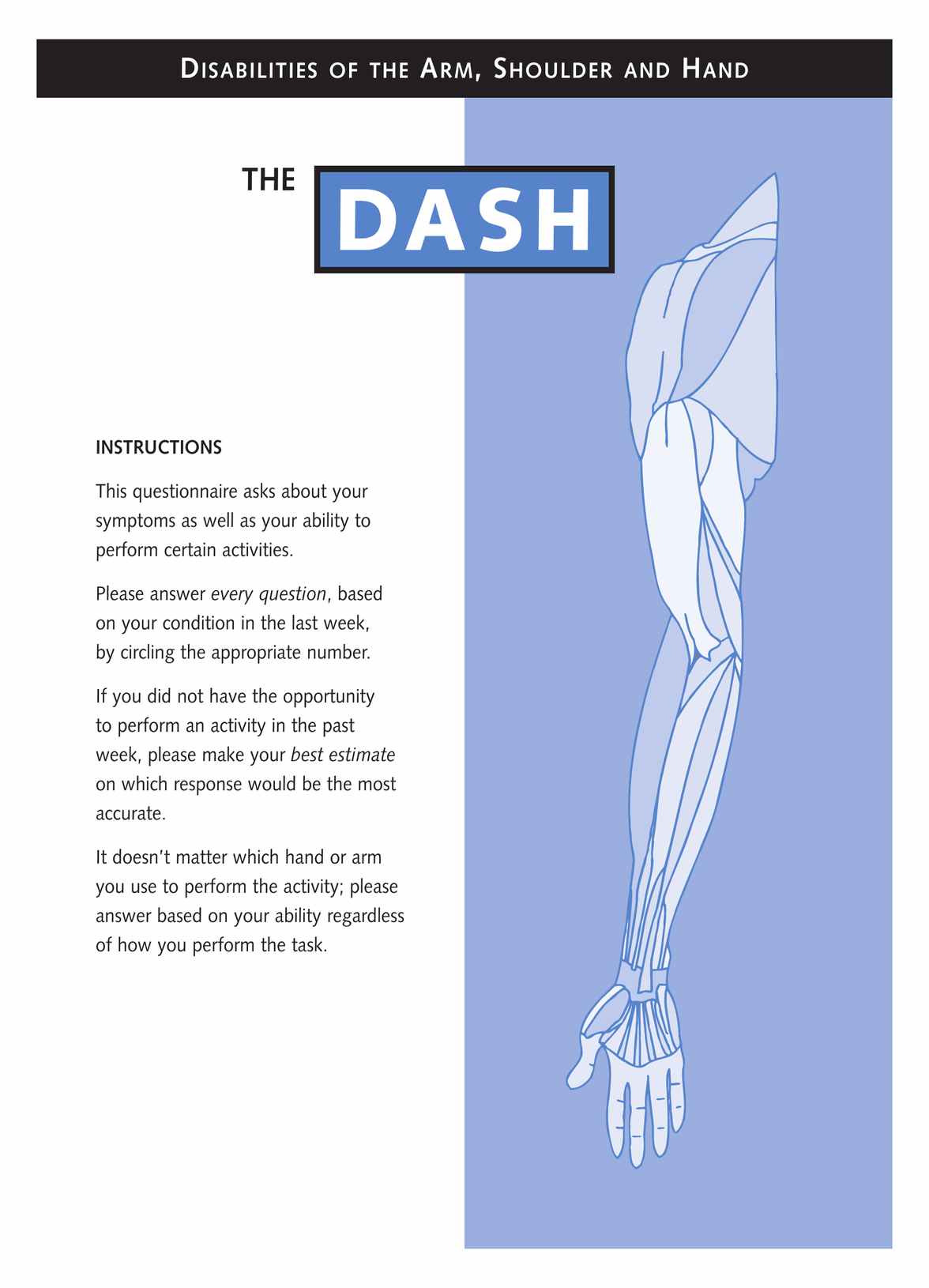


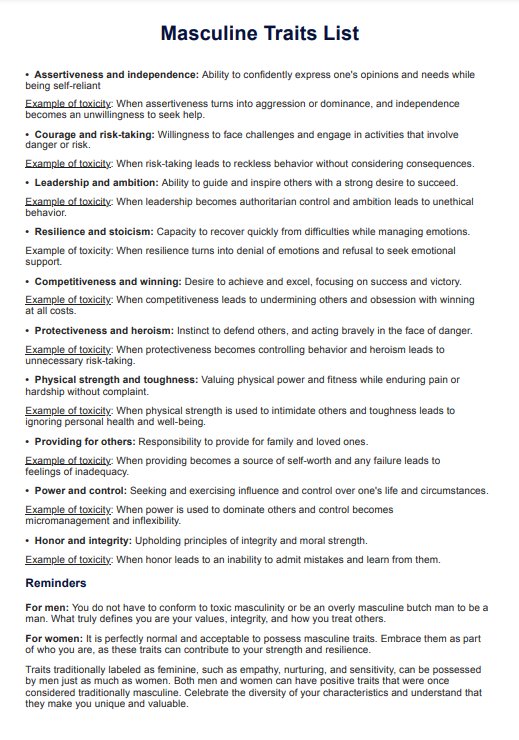











-template.jpg)

























































